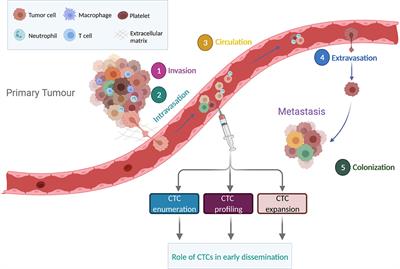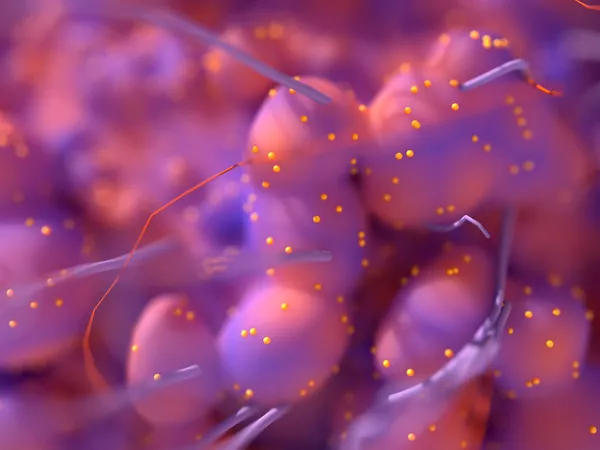EDITORIAL
Published on 30 Jan 2023
Editorial: Revisiting seed and soil: A new approach to target hibernating dormant tumor cells

doi 10.3389/fonc.2023.1126924
- 1,562 views
- 1 citation
19k
Total downloads
73k
Total views and downloads
EDITORIAL
Published on 30 Jan 2023

REVIEW
Published on 10 Feb 2022

ORIGINAL RESEARCH
Published on 27 May 2021

MINI REVIEW
Published on 07 May 2021

REVIEW
Published on 27 Apr 2021

REVIEW
Published on 22 Mar 2021

REVIEW
Published on 02 Mar 2021

REVIEW
Published on 26 Jan 2021

MINI REVIEW
Published on 04 Nov 2020

ORIGINAL RESEARCH
Published on 23 Sep 2020

REVIEW
Published on 11 Sep 2020

